15 Oscar-Winning Films That Actually Aged Terribly

Winning an Oscar is supposed to mean timeless greatness — the kind of movie that future generations will admire for decades. But sometimes, Hollywood gets it wrong.
Some films that once swept the Academy Awards now feel painfully outdated, cringeworthy, or completely out of touch with today’s world. Whether it’s tone-deaf themes, problematic portrayals, or simply the passage of time exposing their flaws, these once-celebrated masterpieces haven’t exactly aged like fine wine.
1. Crash (2004)
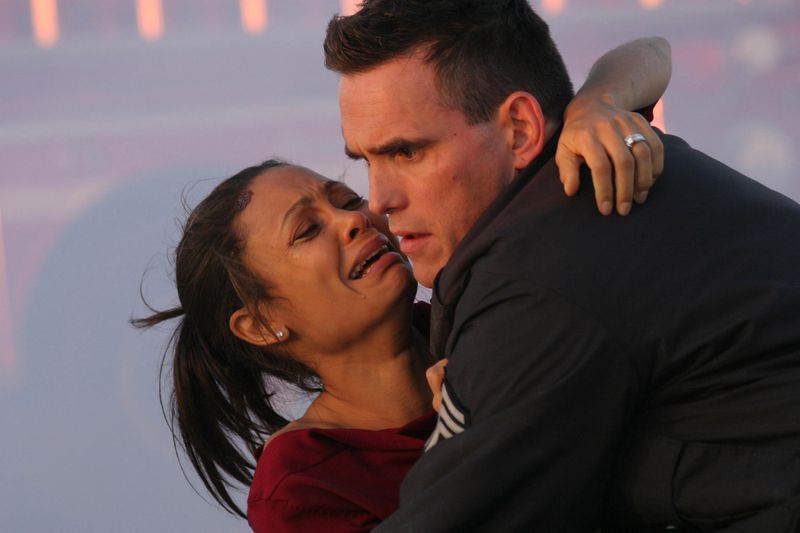
Hardly any film better illustrates how awards hype can age like milk. The interlocking tales of Los Angeles residents were intended as a mosaic of American racism, but the narratives now feel schematic, engineered to provoke rather than observe.
Characters speak in speeches, coincidences pile up like dominos, and complex issues flatten into teachable moments. What once sounded brave now plays as a moral lecture.
Its reputation dimmed in the shadow of more nuanced works about race that followed. Critics point to its manipulative structure, sanded-down insights, and simplistic catharsis that asks viewers to mistake shock for depth. The film’s big scenes treat prejudice as an episodic ailment cured by a single epiphany. Subtlety, meanwhile, never made the call time.
Time hasn’t been kind, but the backlash taught Hollywood an instructive lesson. Tackling difficult themes requires patience, humility, and texture. Crash’s legacy is a cautionary tale about confusing volume with clarity.
2. The Artist (2011)

Retro charm dazzled the academy, but novelty fades fast. The silent, black-and-white homage felt like a joyous time machine when it premiered, inviting audiences to rediscover expressive acting and orchestral sweetness.
With distance, though, the film reads more as a clever stunt than a fully realized story—an exquisite pastiche whose emotional reach is limited by its winking nostalgia. It’s less Singin’ in the Rain, more souvenir shop postcard.
Its rise also coincided with a surge of safer Oscar picks. That context magnifies how gently the film nibbles at Hollywood history, avoiding the sharper edges of the transition to sound. The risks are mostly formal, not thematic. When the novelty wears off, the heart needs to carry the load—and it sometimes doesn’t.
Still, it’s charming in excerpts, best as mood rather than meal. Today, most remember the dog, the tap, and the curtain call. The rest blurs into elegant mimicry.
3. Shakespeare in Love (1998)

Rom-com sparkle and literary wit made it irresistible in the late ’90s. As an awards triumph, though, it’s now a symbol of hardball campaigning and a head-scratching upset over Saving Private Ryan. The movie remains breezy, charming, and handsomely staged, yet its achievement feels inflated by context. Many viewers struggle to see past the gilded coronation that crowned a delightful trifle king.
Time reframes the jokes and swoons as expertly crafted fluff. The meta-theatrical playfulness is fun, but its stakes are featherlight compared to its wartime rival’s visceral gravity. Nostalgia keeps it watchable; perspective dims its grandeur. It’s a sophisticated dessert served as a main course.
Credit where due: the performances still sparkle, and the script crackles. But the narrative of its victory has become the narrative of the film. That’s a lot of baggage for a love letter to the Bard.
4. American Beauty (1999)
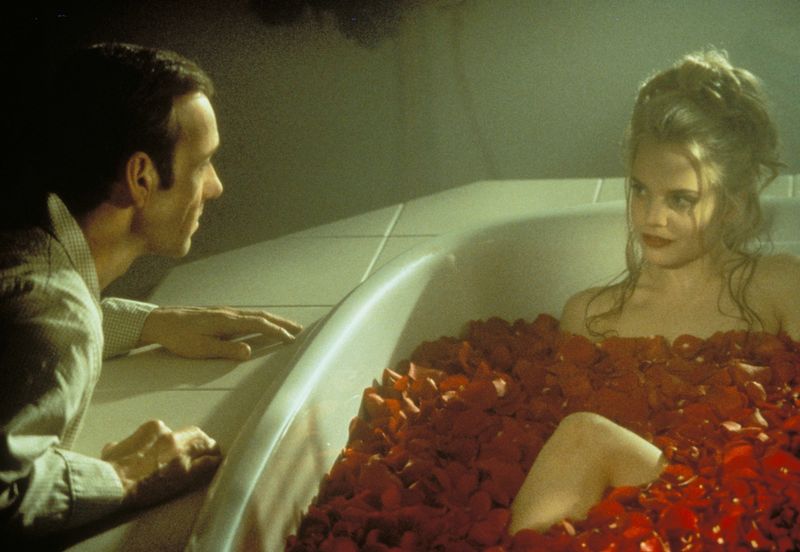
Suburban rot looked edgy at the turn of the millennium. Now the film’s smug narration and rose-petal dreaminess feel like relics of a self-satisfied era. Its critique of repression and consumerism can still sting, but the tonal mix of satire and tragedy wobbles. Adding to the discomfort, Kevin Spacey’s scandals cast a long shadow over an already queasy story about a man fixated on a teenager.
What once played as profound now reads as glib, even cruel to some characters. The film’s epiphanies arrive with greeting-card profundity, and its look-at-the-plastic-bag moment has become a cultural punchline. Meanwhile, better explorations of suburban malaise have eclipsed it. The petals have browned at the edges.
Yet the score still haunts, and flashes of insight remain. Time just revealed the limits of its worldview. Beauty, as it turns out, was more brittle than advertised.
5. Dances with Wolves (1990)
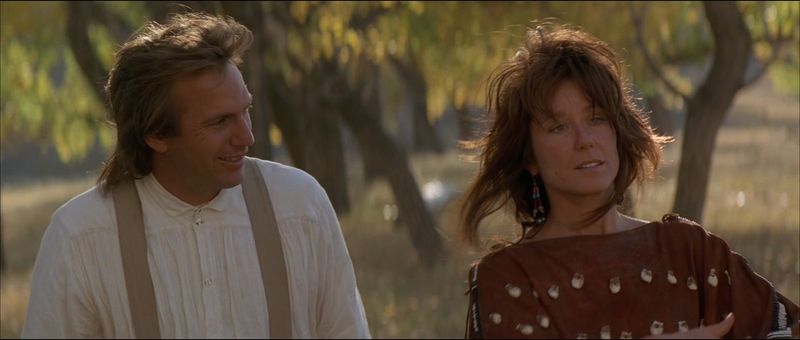
Epic vistas and sincere intentions gave it sweep, but storytelling politics have not aged gracefully. The film centers a white protagonist as gateway to Indigenous cultures, a framing that modern audiences increasingly reject. Its empathy is genuine, yet it positions Native characters as tutors for the hero’s awakening. That imbalance turns cultural representation into a backdrop for self-actualization.
Cinematically, it remains handsome—sunlit plains, herds thundering, a classic score. Still, the myth-making reinforces old hierarchies beneath the beauty. There’s craft, heart, and a gentle curiosity, but also a lens that narrows what should be expansive. The movie tries to listen and ends up narrating.
Reassessment doesn’t erase achievements; it contextualizes them. Contemporary Indigenous filmmakers offer richer, self-defined narratives. Against that standard, this Oscar giant looks like an earnest first draft of a better conversation.
6. The King’s Speech (2010)
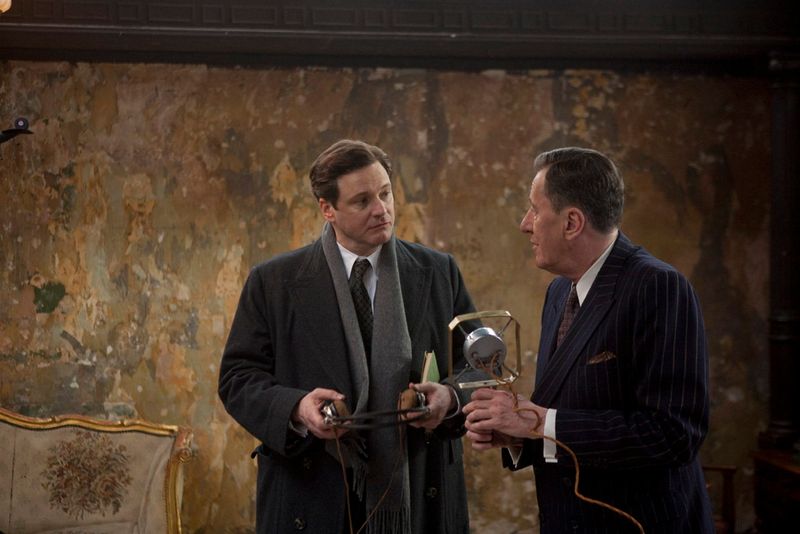
Polished and pleasant, the film is a classic Oscar comfort watch. Yet its genteel rhythms and tidy arcs feel conspicuously safe next to bolder contemporaries like The Social Network. The central friendship warms the heart, but the stakes unfold like a cozy sweater—comforting, never challenging. Formula hums beneath the regal trappings, guiding every beat to an inspirational crescendo.
That doesn’t make it bad; it makes it predictable. The craft is steady, performances committed, and production design immaculate. But the movie rarely risks mess or ambiguity, and the edges are sanded smooth. As prestige fare, it’s all crown, little thorns.
Time favors films that wrestle with contradictions. This one prefers correct posture. In a more adventurous decade of cinema, its careful decency simply blends into the wallpaper.
7. Forrest Gump (1994)
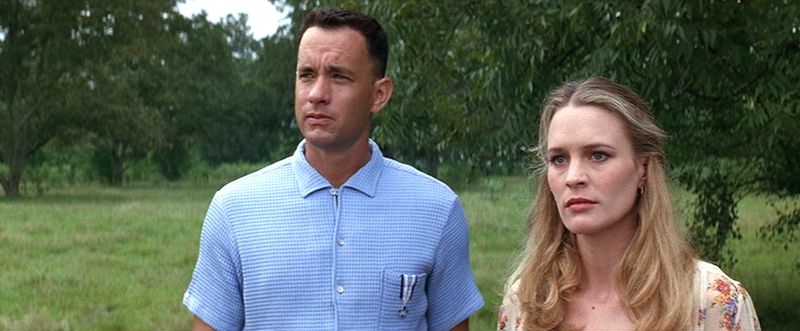
Whimsy and Americana made it a box-office juggernaut. Over time, its feather-light philosophy and bumper-sticker wisdom read as evasive, skirting the messiness of history. The film’s technical wizardry still delights, but its politics and sentimentality feel naïve, smoothing trauma into folksy anecdotes. It asks viewers to smile through eras that demanded harder questions.
Affection remains strong, anchored by Tom Hanks’s tender performance. Yet the movie’s embrace of destiny and accidental greatness clashes with today’s appetite for agency and nuance. It’s charming, undeniably, but often emotionally vague—comfort food without much nutrition. Nostalgia does the heavy lifting; complexity waits outside.
Audiences can hold both truths: it’s moving and maddening. The bench endures as an icon; so does the debate about what it celebrates. In the modern era, its shrug feels louder than its wisdom.
8. Gone with the Wind (1939)
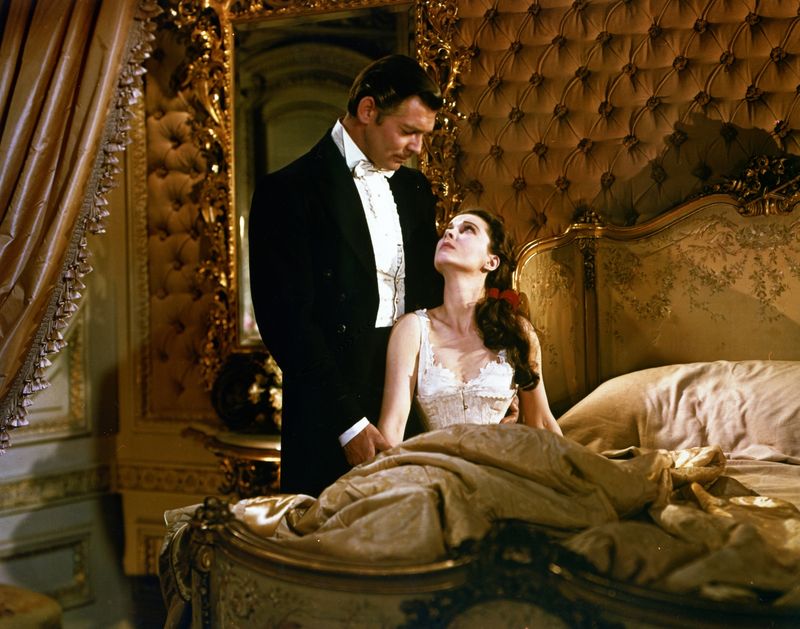
Technicolor splendor and star wattage made it a towering classic. Yet its romanticization of the antebellum South is indefensible, turning plantations into stage sets for melodrama while minimizing the brutal realities of slavery. The storytelling sweep can’t mask the harm of its myths, and the movie’s charm rests on foundations of erasure. Watching today means confronting what the pageantry tries to hide.
Debate swirls around context, curation, and historical framing. Some argue for preservation with disclaimers; others see a cultural artifact that teaches through discomfort. What’s clear is that its nostalgia isn’t neutral—its beauty services a false memory. That fact has migrated from footnote to headline.
As a lesson, it’s invaluable; as a romance, it’s troubling. The canon keeps it visible, but not unchallenged. Time, at last, insists on a fuller accounting of the past it prettifies.
9. Driving Miss Daisy (1989)

Gentility wraps this story like plastic on fine china. The film reduces racial tension to a sweet odd-couple friendship that neatly bypasses structural realities. Performances are lovely, but the narrative invites applause for tolerance rather than change. Today, its pat resolutions and tidy sentiment feel like a shortcut through a complicated forest.
It also looks smaller next to fiercer contemporaries that tackled race with urgency. By focusing on a personal bond, the movie risks treating inequality as a misunderstanding cured by car rides. Comfort blankets audiences who might need discomfort. The moral victory lap arrives long before the finish line.
Still, the leads’ chemistry is undeniable, and moments ring true on a human level. The failing lies in the frame, not the faces. Time simply demands a wider lens than this genteel snapshot can provide.
10. A Beautiful Mind (2001)

Prestige sheen and a magnetic lead performance carry the film’s emotional core. However, the script simplifies and sanitizes John Nash’s life, smoothing out darker complexities and controversial elements. The depiction of schizophrenia mixes effective empathy with movie-friendly devices that risk misunderstanding. Biography becomes fable, tidy where it should be jagged.
It’s easy to see why it charmed voters: inspirational beats, handsome score, triumphant acceptance speeches. Yet the further we get, the more the omissions glare—particularly around relationships and politics. The film’s victories feel earned, but curated. It’s a portrait in soft focus.
Modern audiences expect biopics to interrogate myth-making, not replicate it. This one prefers halation to harsh light. The result is touching cinema that nonetheless glides past the most difficult truths.
11. Out of Africa (1985)

Sweeping vistas and lush music give it the aura of a grand romance. Underneath, colonialist framing and a Eurocentric gaze make the story feel painfully dated. The landscape becomes a backdrop for a white protagonist’s self-discovery, while local characters orbit as scenery. Beauty disguises imbalance, but it doesn’t erase it.
Cinematography remains knockout gorgeous, and the performances are committed. Still, the narrative treats culture like a safari itinerary—observed, admired, never fully engaged. Time has sharpened sensitivities around representation, and the film’s approach looks museum-still. The postcard is pretty; the message is blank.
Revisiting it clarifies how romance can eclipse accountability. Modern audiences crave perspectives rooted in place, not perched above it. Against that expectation, this classic feels like an elegant echo from a room we’ve since left.
12. The English Patient (1996)
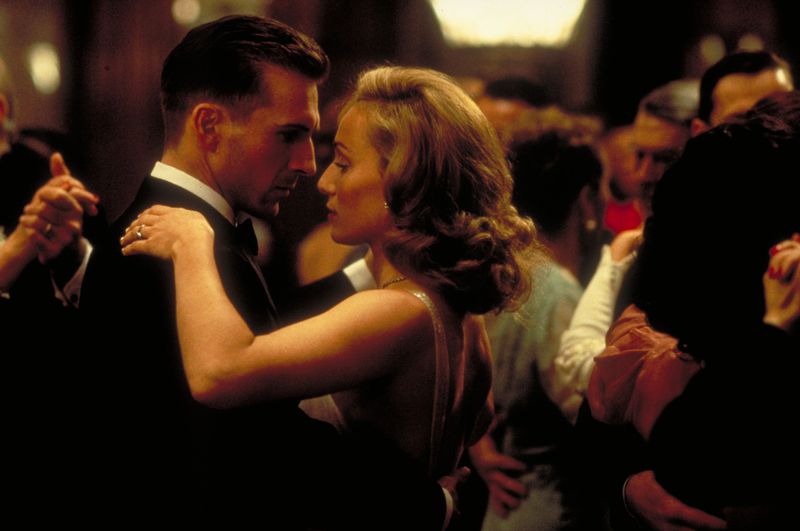
Candlelit ruins and desert horizons sold an intoxicating mood. These days, the languid pacing and self-serious romance can feel like a cinematic lullaby that never quite wakes up. It’s beautifully mounted, yet so in love with its elegy that it forgets urgency. The tragedy aches, but the heartbeat is faint.
As Oscar bait, it was unimpeachable: literary roots, swooning score, tasteful suffering. Viewers returning now often find it indulgent, with characters who remain statuesque rather than alive. Passion is illustrated rather than ignited. You can admire every frame while checking your watch.
Still, its craft is undeniable, and certain moments burn with quiet power. The problem is quantity over intensity. In the long run, the film’s whispers drift away on the sand.
13. The Greatest Show on Earth (1952)

Spectacle arrives by railcar, and subtlety gets left at the station. This circus melodrama packs crowds, elephants, and love triangles into a Technicolor caravan, but little of it lands with emotional weight. It’s often cited as one of the weakest Best Picture winners, a decision driven by brand-name bigness rather than storytelling finesse. The scale is grand; the drama is cotton candy.
Later decades exposed how thin the screenplay is beneath the tents. The film treats its backstage as a parade, not a world, and characters operate like poster cutouts. Thrills substitute for arcs; pageantry for purpose. Even its swagger feels quaint now.
Viewed as kitsch, it has curiosities and charm. Viewed as a champion, it wobbles on stilts. History has a longer memory than bright lights and brass bands.
14. Green Book (2018)
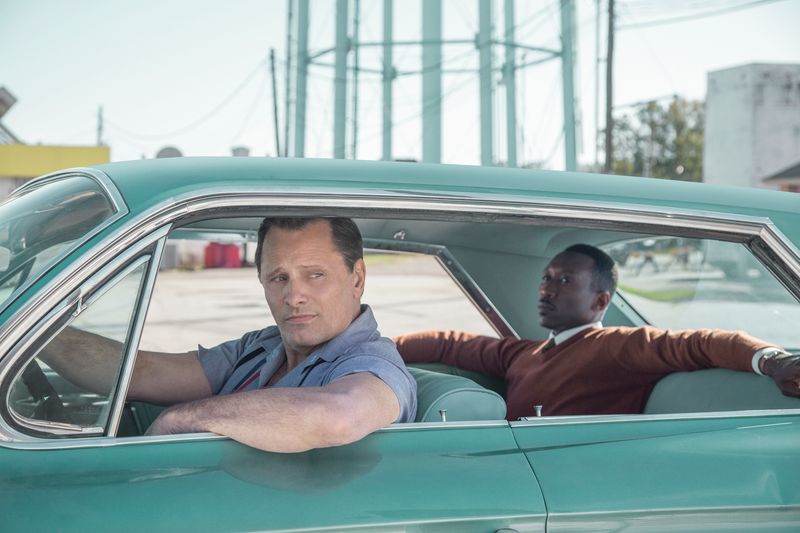
Chummy chemistry and road-movie rhythms go down easy. Critics, however, argue it reframes complex racial dynamics into a feel-good tale of personal tolerance, with the white driver centered as audience surrogate. The film’s neat resolutions and selective history feel sanitized, smoothing Don Shirley’s story into a buddy template. It’s comfort where confrontation might be truer.
The performances deserve praise; the framing deserves scrutiny. Narrative choices sidestep thornier truths, turning systemic issues into fixable misunderstandings. In the years since, richer stories about Black artists and communities have set a higher bar. Against them, this winner looks safe and simplified.
Rewatch value depends on appetite for uplift over rigor. As time passes, the film’s sugar grows more obvious. The ride is pleasant, but the route avoids the hardest roads.
15. Cimarron (1931)

Early prestige can mask early prejudice. This frontier epic helped define Oscar taste, but its racial and gender stereotypes are glaring by modern standards. The narrative celebrates settler heroism while minimizing Indigenous perspectives, and its treatment of women oscillates between pedestal and punchline. It feels like a time capsule sealed with bias.
Cinematically, it’s interesting as a transitional sound-era production with grand ambition. Historically, it propagates myths that have done lasting damage, dressing conquest as manifest destiny. Reappraisal turns awe into unease. The larger the canvas, the more visible the erasures.
Preservation matters, but so does candor. When contextualized, the film becomes a lesson in what Hollywood once cheered. As entertainment alone, it’s a rough sit—loud with triumph, quiet where it counts.

Comments
Loading…